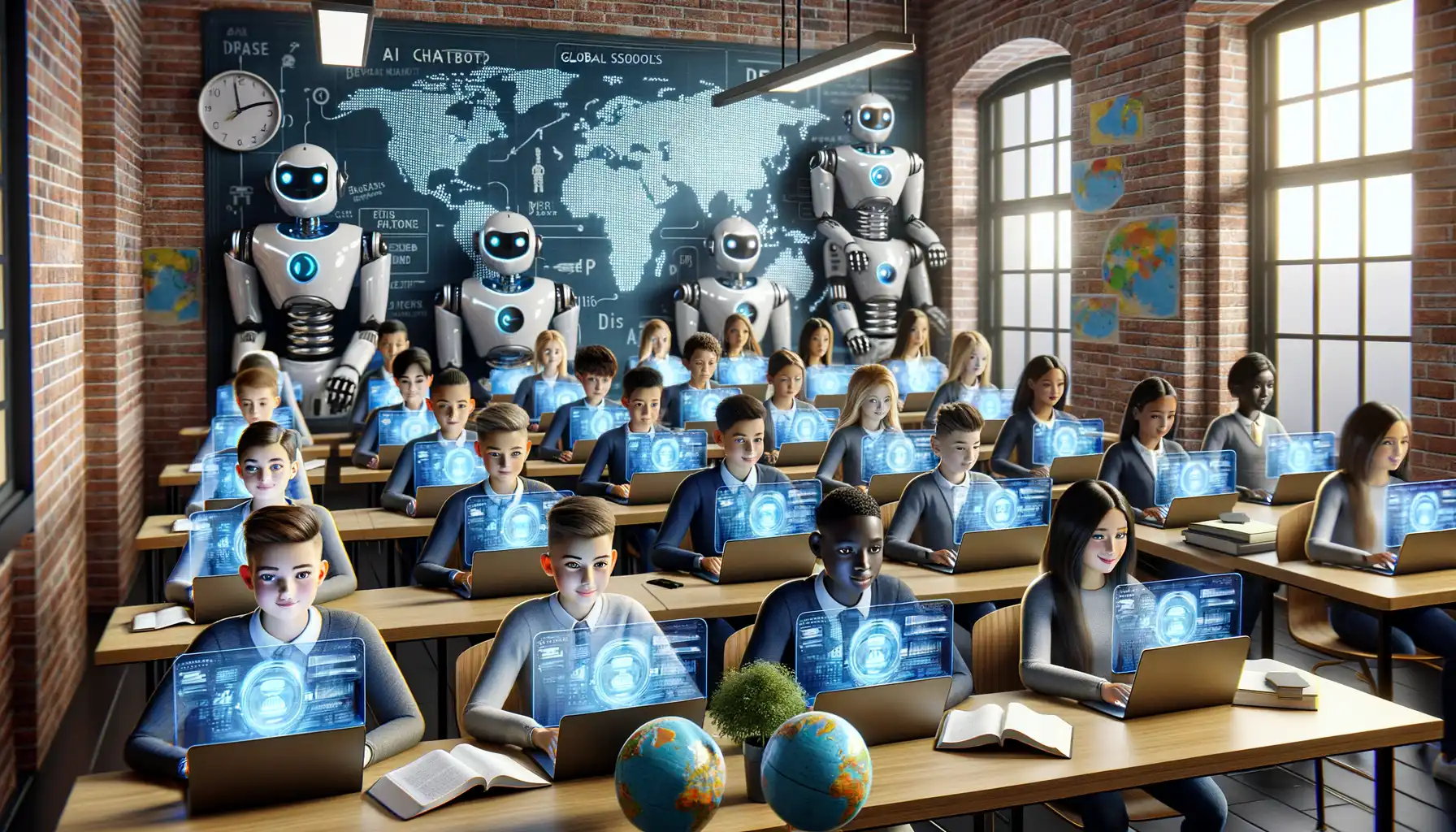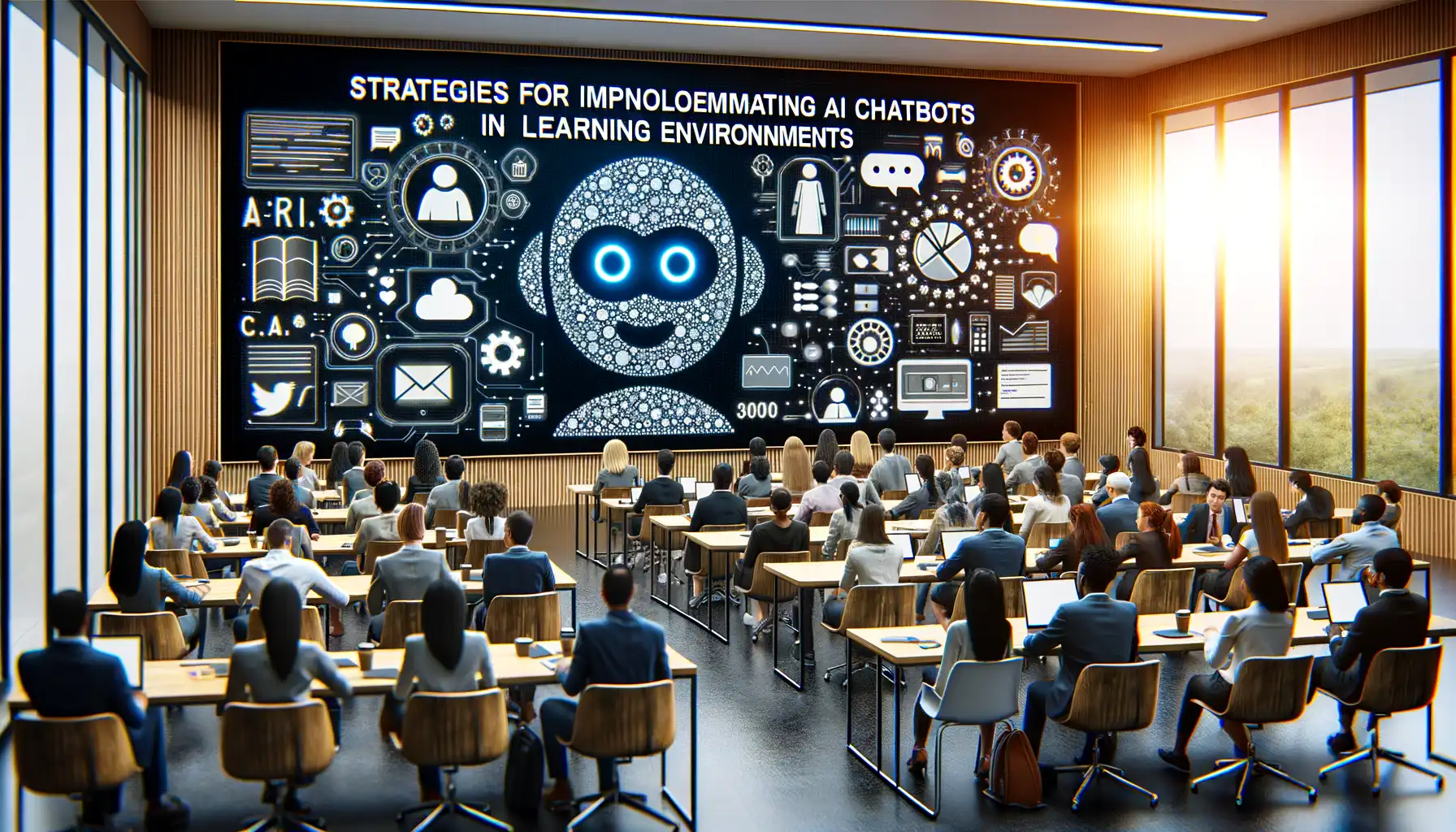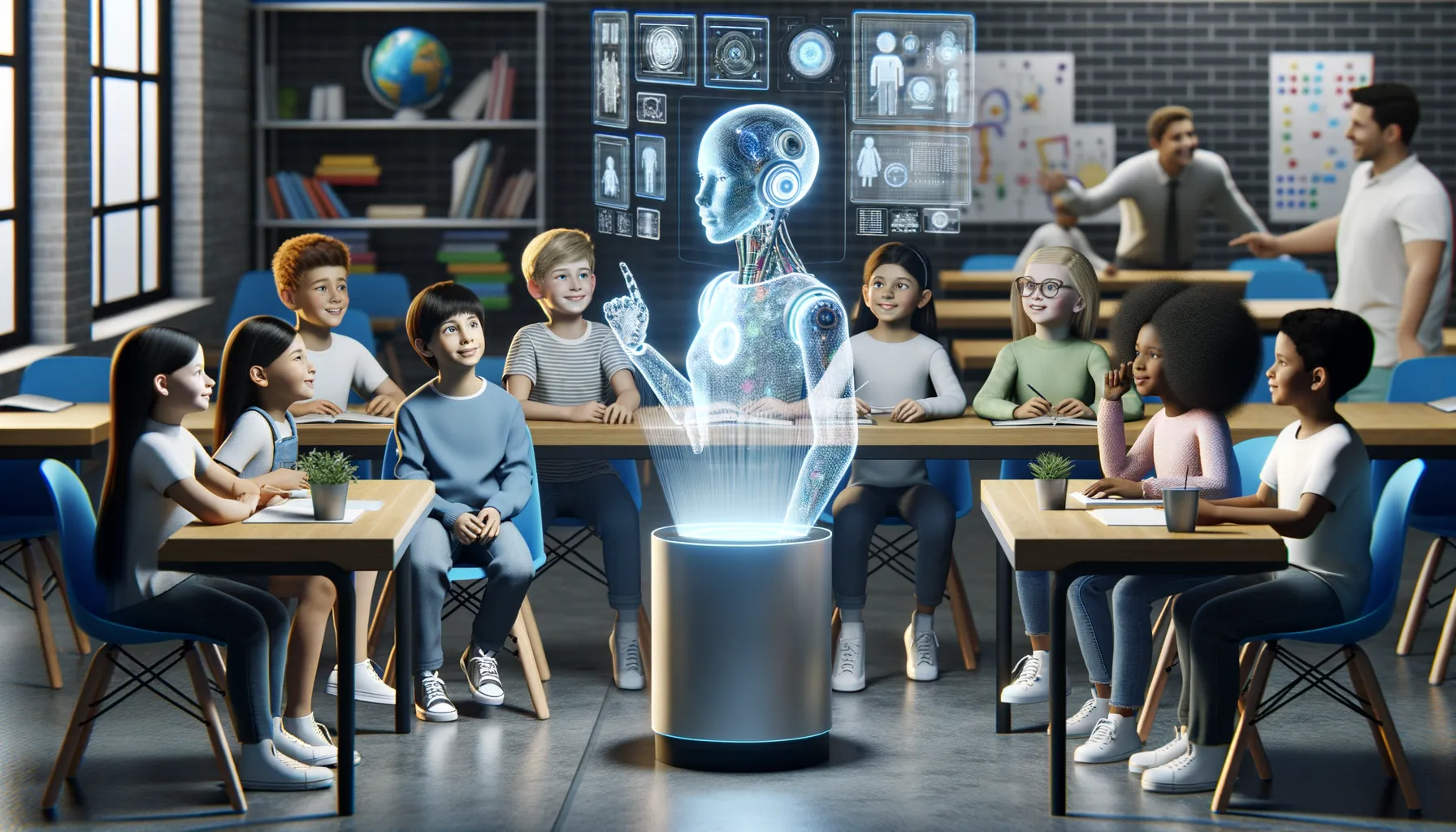Incorporating AI Chatbots in Virtual Classrooms for Global Learners
Catch a CheaterUnderstanding the Role of AI Chatbots in Education
Revolutionizing How We Learn with Smart AI Helpers
Picture this: a classroom where questions don’t have to wait for the teacher’s attention, and every student—even halfway across the globe—gets personalized guidance, all thanks to an invisible yet tireless assistant. That’s the magic of AI-powered chatbots in education. These bots aren’t just digital bells and whistles; they’re becoming enchanting storytellers, patient mentors, and even the little nudge students need when they’re stuck mid-assignment.
What sets them apart? For one, their incredible ability to be available 24/7. Ever had a midnight epiphany about quadratic equations? An AI chatbot doesn’t hit “Do Not Disturb.” It springs into action with explanations, examples, and accessible resources. And guess what? There’s no judgment if you ask the same thing five times.
In a world where schedules clash and time zones collide, these bots bridge the gaps seamlessly. They’re not just tools; they’re partners in learning—on standby to transform confusion into clarity.
Benefits of AI Chatbots for Global Virtual Classrooms

Transforming Communication Across Borders
Imagine a virtual classroom buzzing with voices from every corner of the globe — students from Tokyo, Lagos, Paris, and São Paulo collaborating harmoniously. But wait, there’s a hiccup: language barriers. Enter AI chatbots, your classroom’s polyglot superhero! These bots can seamlessly translate languages in real-time, bridging communication gaps like magic.
Beyond translation, they adapt to cultural nuances, ensuring no one feels like an outsider. A French student struggling to grasp an American idiom? The chatbot clarifies it in seconds, keeping the discussion fluid and inclusive. It’s as if every learner has their personal interpreter whispering in their ear. How powerful is that?
Personalized Support, Anytime
Think of AI chatbots as tireless teaching assistants who don’t clock out. They’re available 24/7, ready to handle challenges like a pro. Feeling stuck at 2 AM trying to decode complex equations? Your AI chatbot’s got your back!
- They provide instant answers to course-related questions without making anyone shy about asking ‘silly’ doubts.
- They adapt their tone and teaching style depending on the student’s pace and preferences.
These aren’t just tools; they’re empathetic guides, creating a global classroom where learners feel heard and supported — even when it’s midnight on their side of the world.
Strategies for Implementing AI Chatbots in Learning Environments

Making Chatbots Feel Like Classroom Allies
Picture this: a friendly virtual assistant always ready to support your students, whether it’s 3 p.m. or 3 a.m. To make an AI chatbot truly shine in a learning environment, the key lies in blending thoughtful design with an understanding of what students actually need. Start by defining its “role”—is it their 24/7 homework helper, a motivational coach, or a guardian angel for Q&As? Giving your bot a clear persona and tone (think warm and approachable, not cold and robotic) can make interactions feel more human, almost like chatting with their favorite mentor.
And don’t stop there. Embed your chatbot into tools learners already use, like learning management systems or messaging platforms. Why introduce yet another app when it can seamlessly join where they’re most comfortable?
- Create adaptive dialogues that respond to diverse learning styles. Someone struggling with algebra may benefit from step-by-step guidance, while another could appreciate quick-fire problem-solving tips.
- Incorporate multilingual support if you’re teaching global learners—because every student deserves to feel understood, no matter their native language.
Training Your Chatbot to Go Beyond the Basics
Let’s face it—nobody wants a chatbot that just spits out generic answers. Elevate its intelligence by feeding it custom content tailored to your course. Imagine a history teacher programming their bot to explain why the Treaty of Versailles was so controversial, or a coding instructor uploading Python troubleshooting guides. This transforms the chatbot into a mini subject expert, not just a cookie-cutter robot.
Track student interaction data (ethically, of course!) to fine-tune its responses over time. For instance, if 70% of learners are stuck on a particular video lesson, have the chatbot suggest a supplementary resource or quiz. It’s like adjusting the sails on a boat mid-journey, ensuring smoother progress for everyone on board.
Challenges of Using AI Chatbots and How to Overcome Them

Common Hurdles When Integrating AI Chatbots
Let’s be honest—integrating AI chatbots into virtual classrooms isn’t exactly a walk in the park. Sure, these tools feel cutting-edge, but they come with their quirks. One big challenge? Language barriers and tone mismatches. Picture this: a student from Japan asks about geometry, and the chatbot answers in overly casual slang or misinterprets the question entirely. Frustrating, right? AI chatbots aren’t always culturally or contextually savvy, which can create confusion or—even worse—a sense of disconnect.
Another roadblock: keeping student data safe. Virtual classrooms mean global learners, and that involves juggling privacy laws like GDPR or COPPA. A chatbot collecting data without airtight security measures is like leaving your front door wide open. Not a great look.
Oh, and let’s not forget about technical hiccups. Ever seen a chatbot completely freeze during a peak study session? Infuriating!
- Solution: Customization is key. Work with developers to fine-tune chatbot responses for tone and cultural nuance.
- Solution: Prioritize platforms that enforce strict encryption and data compliance standards.
- Solution: Regularly stress-test your chatbot in real-world conditions to avoid meltdowns at critical moments.
Striking the Balance: Human vs. Machine
AI chatbots are helpful, but they’re not magical problem-solving wizards. One major sticking point is over-reliance. When educators lean too heavily on bots, students can feel isolated or unsupported. Imagine typing out a heartfelt query, only to get a robotic, “Sorry, I didn’t understand that.” Ouch.
The trick? Finding harmony between human connection and AI efficiency. Chatbots should enhance—not replace—classroom interactions. Consider setting boundaries: use chatbots for FAQs and quick tasks, leaving nuanced discussions or emotional support to actual humans. After all, no algorithm understands a student’s “bad day” better than a compassionate teacher.
Future Prospects of AI Chatbots in Education

Revolutionizing Student Engagement
AI chatbots are not just tools; they’re about to become learning companions. Imagine a student in a remote village in Africa asking a chatbot to explain quantum physics, and receiving an engaging, easy-to-understand response. These bots can transform passive memorization into active engagement. They’ll act as digital tutors, helping students tackle tricky algebra problems at midnight or practice conversational French with instant feedback.
What’s truly exciting is their potential for personalized interactions. Unlike traditional methods, AI chatbots can adapt to each student’s pace, preferences, and learning style. Visual thinker? A chatbot might suggest colorful infographics. Struggling with fractions? The bot could gamify the process, offering rewards for solving problems.
- Student-tailored, bite-sized lessons
- Interactive quizzes with immediate correction
- Reminders to keep procrastination at bay
AI-Powered Global Unity
Here’s where the magic extends beyond classrooms: AI chatbots can break barriers of language, culture, and geography. With advanced natural language processing, students in Japan could have the same quality learning experience as those in Brazil. The keyword here is accessibility.
Picture this: an AI chatbot translating complex science concepts for a Thai teenager struggling with English, or creating culturally specific case studies for a learner in Peru. It’s education on an equitable scale—a shared future shaped by technology that cares deeply about inclusivity.
